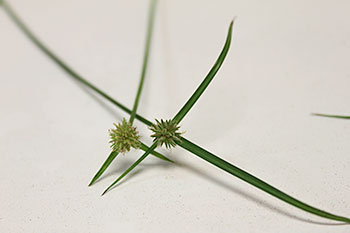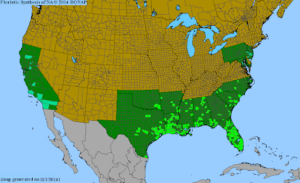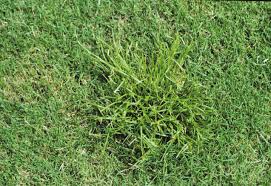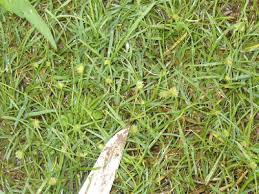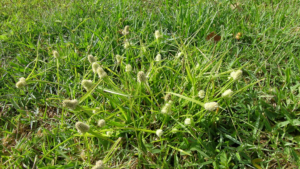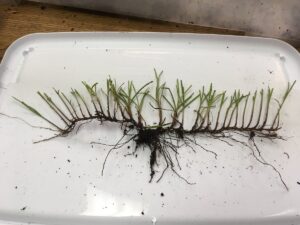First of all – where does it come from?
Kyllinga is an export from Asia, where many products are imported. And where many of our now hard to control weeds got their start in the USA. A member of the sedge family, kyllinga has been in the South for at least 50 years, due to the constant warm weather. It has started to spread northward over the past 10 years or more. Kyllinga has now become a problem from Rhode Island to Florida along the east coast. It moves easily and quickly from landscape beds to nearby turfs in late spring and becomes extremely evident in the late summer months. Kyllinga has both seeds and rhizomes which enable this invasive weed to spread to neighboring lawns. Kyllinga can produce up to 5,000 seeds per season. The seeds of Kyllinga can be spread through transference from animals. Ants carry some seeds and so does the wind, while birds and other vertebrates drop indigestible seeds in their feces, foot traffic on the lawn can also help spread this invasive weed. The rhizomes create a parasitic root system that grows exponentially. If these rhizomes are not completely removed , new plants can grow directly from each chopped section.
Second – What does it look like?
At first Kyllinga looks like a regular blade of grass; fine, glossy, light green blades. The color is similar to its cousin, yellow nutsedge, but there is a clear difference. Yellow nutsedge grows straight up and you can see it from a distance. Kyllinga crouches down and grows in low clumps that expand slowly to become a large mat. This dense mat makes it appear similar to turfgrass in the summertime, but it usually has a lighter green color. When in bloom it has a round, green seed head above three leaves. This mat continued to spread due to underground rhizomes that spread outward and start displacing the desired turfgrass. Kyllinga tends to thrive in mowing heights common to cool season grasses and can tolerate very low mowing heights which makes it an issue. Kyllinga thrives in wet low-lying areas. Kyllinga acts as a parasite, turning an otherwise level-surfaced, uniform and aesthetically appealing lawn into an uneven yard with different colors and textures; not to mention forming a weak sod that results in poor footing. If you cant identify Kyllinga in the summer then you will certainly see it in the fall when it goes into dormancy and turns a rust color that is spread throughout your lawn.
Third – How do you control it?
In general, false-green kyllinga is more difficult to control than yellow nutsedge. Due to the underground rhizomes and dense mat that forms, hand removal of kyllinga is difficult. Traditional herbicides used to control broadleaf weeds and crabgrass have no impact on Kyllinga or nutsedge. Specialty herbicides must be applied, and timing is critical to achieve control. The first application should be made soon after kyllinga shoots fully emerge in late spring, usually late May to early June. This timing is essential to allow herbicide absorption by leaf tissue. Two follow up applications should be applied after regrowth is absorbed and sufficient shoot tissue is present for herbicide absorption, which will be 3-4 weeks apart. It is very important to understand that control is achieved with MULTIPLE applications of an herbicide. Catching the problem early before the kyllinga mats become large, applying an active herbicide correctly and being persistent are keys to achieving control.
Additionally, while this treatment rids turfgrass of current kyllinga infestations, maintaining your lawn after treatments is profoundly important as the key to preventing future outbreaks. Thickening the lawn through aeration and seeding is a great tool to use and will replenish any damage from kyllinga. It’s also worth looking into installing a drainage system if oversaturation is an issue in your yard. Diligent attention and monitoring is necessary to ensure kyllinga doesn’t creep back into your yard as quickly as we eliminate it. Due to the increased recent findings of kyllinga across local New Jersey yards, Green Side Up has added this 3-step service that will become a routine service rendered from year to year.
If you notice Kyllinga in your lawn give Green Side Up a call and get on our kyllinga 3 step program.

